Moon Monday #158: On Astrobotic’s lunar lander launch, following NASA CLPS updates, an international Artemis, and more
Astrobotic launches its first spacecraft built to land on the Moon
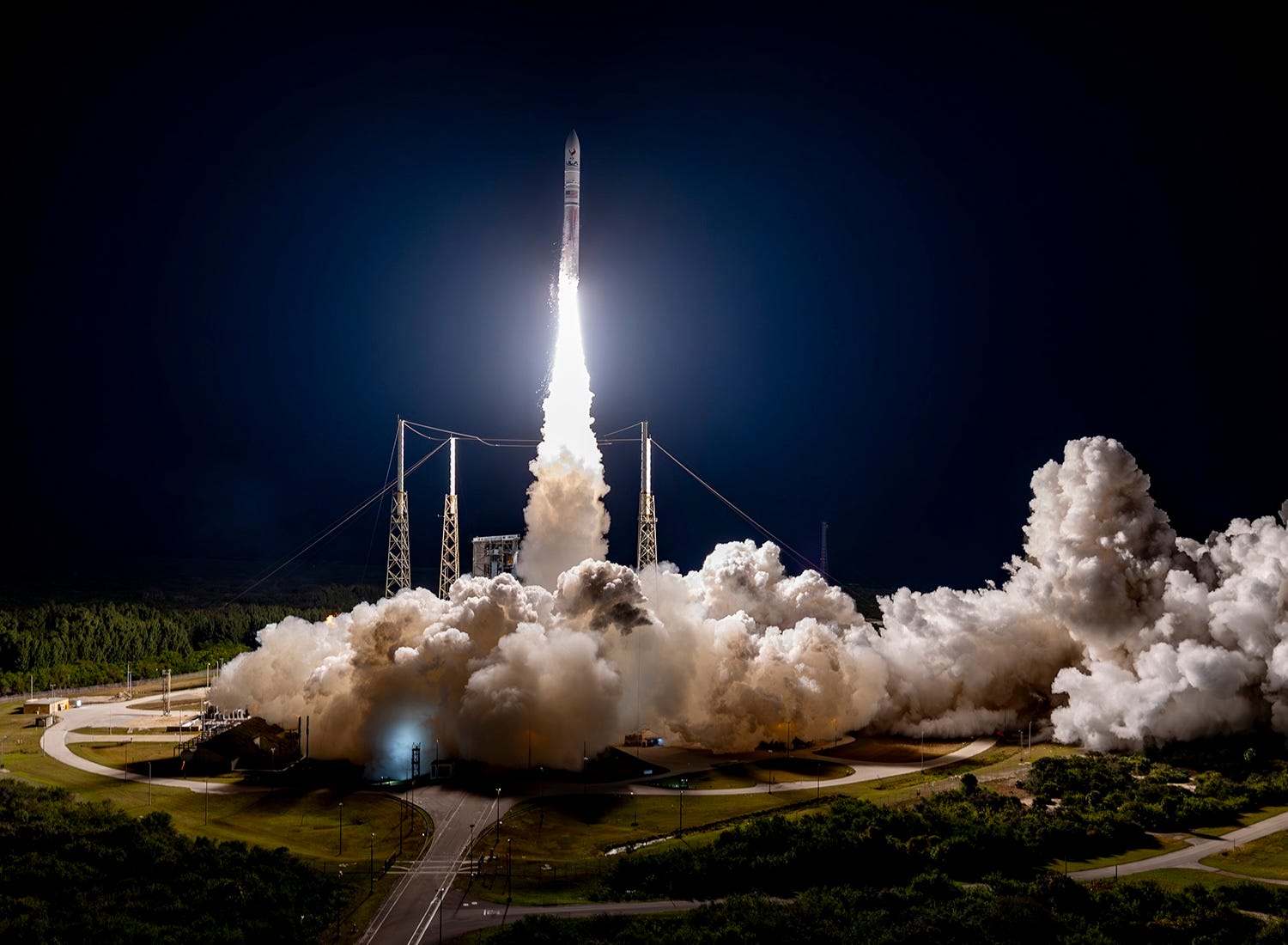
At 7:18 UTC today, January 8, Astrobotic’s Peregrine lunar lander blasted off to space onboard the inaugural flight of ULA’s Vulcan rocket, at long last marking the formal start of missions part of NASA’s CLPS program to send agency-funded as well as commercial payloads to the Moon. Vulcan’s upper stage, Centaur V, performed two burns before releasing the 2-meter tall Peregrine into a high Earth orbit 50 minutes into the flight. At 8:18 UTC, Astrobotic began communicating with Earth as expected.
The lander will attempt getting into lunar orbit in the last week of January. After orbiting Luna for several weeks, wherein Astrobotic can conduct final operational checkouts to ensure all lander components are performing as desired, Peregrine will attempt an autonomous touchdown on February 23 in a lunar lava plain called Sinus Viscositatis just outside the Gruithuisen volcanic domes.
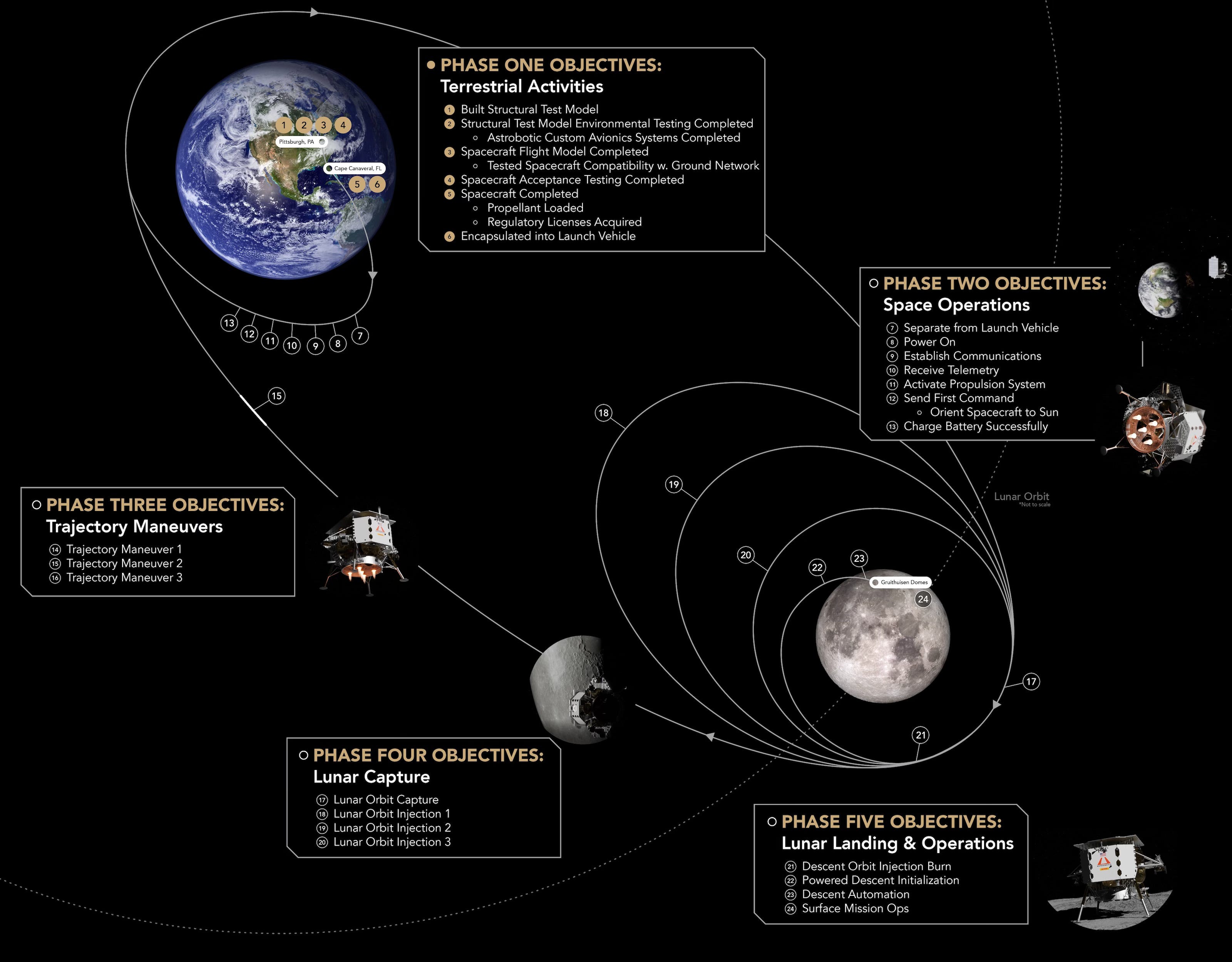
The lander carries 15 payloads from 6 countries, including the shoebox-sized, 1.8-kilogram Iris rover designed by students at Carnegie Mellon University. Notably, Carnegie Mellon is also a subcontractor for Astrobotic’s upcoming MoonRanger rovers. Peregrine will also deploy five autonomous 12-centimeter, 60-gram rovers collectively called COLMENA, representing Mexico’s first Moon mission. The key contributions from these small rovers won’t be imagery they take but rather how their traverses can help us better understand the mechanical properties of the lunar soil and also realize specific challenges in autonomously navigating on the Moon.
There’s also a Navigation Doppler Lidar from NASA onboard to precisely determine Peregrine’s velocity and position while landing on the Moon. As part of NASA’s CLPS program, Peregrine was also supposed to carry 11 agency-funded instruments but will now only fly five of them partly to have performance margins on the lander. Three of these are spectrometers to study water ice molecules and other such volatiles on the lunar surface and in the exosphere throughout the 10-Earth-day mission. As I covered during Astrobotic’s landing site swap, the previous higher latitude location was actually more suitable to study how water gets transported from the Moon’s equator to permanently shadowed regions on the poles, where it can remain preserved for billions of years. And so for the new site, the focus has had to be shifted to how the lander’s water-containing plume exhausts settle on the surface or exosphere.
Of the lander’s passive payloads, it’s the cremated human remains that have caused controversy to the point of calling in a last-minute White House meeting. There are different sides to the story, but a point Marcia Smith has uniquely noted is that the Navajo Nation did not raise their concerns during the public comment period for the launch license review.
How to follow CLPS mission updates
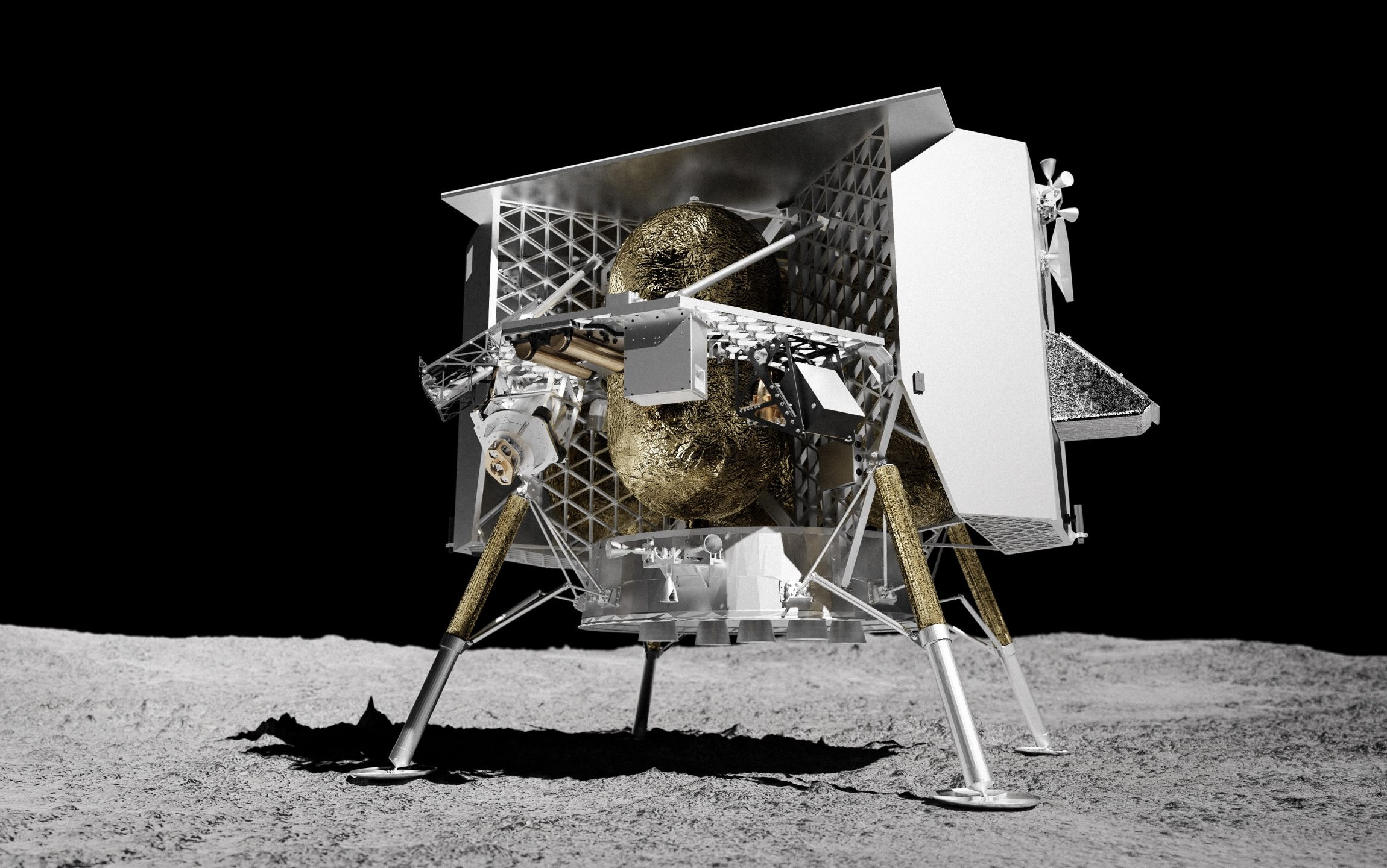
Since a fleet of NASA-supported robotic CLPS Moon landers will launch throughout this decade, I’ve compiled an exhaustive rundown on these novel CLPS missions:
I update this page every month or so. Other than referencing everything high-level I can on there, whose 102 links should help you get to places, there’s more you can do to keenly follow all things CLPS:
- Check the new NASA CLPS sub-site. The agency updated a few pages lately, including adding Principal Investigators for VIPER payloads. At the same time, some already known high-level information from elsewhere on nasa.gov is missing there! Some of that can be found on nasa.gov’s CLPS page, which is different from the sub-site mentioned above, but hosts other information bits that are outdated.
- Subscribe to blogs of all CLPS vendors in an RSS reader and also manually check their sites. This is especially useful to find and know about the non-NASA-funded payloads aboard CLPS landers. If NASA wants to highlight progress on the “commercial” part of CLPS, listing non-NASA payloads on the official CLPS pages would be great.
- NASA hasn’t posted on the official CLPS blog for more than half a year but has put out a few CLPS updates on the Artemis blog. For some reason, Astrobotic’s mission updates are being posted on the Artemis blog instead of the CLPS blog. And yet the CLPS blog is the one currently linked on official CLPS pages. It’s quite confusing.
- Since information about CLPS wouldn’t necessarily be restricted to these direct sources, use a feature similar to Keyword Monitoring within your RSS reader to create a feed of posts that match CLPS-specific search terms across all your added sources.
- Search the Moon Monday archive 🙃. No, seriously, it’s one of the reasons I write this one-of-a-kind newsletter!
Many thanks to Epsilon3, Open Lunar Foundation, The Orbital Index, Henry Throop, Gurbir Singh and Abhinav Yadav for sponsoring this week’s Moon Monday. If you love my work too, join them!
More mission updates
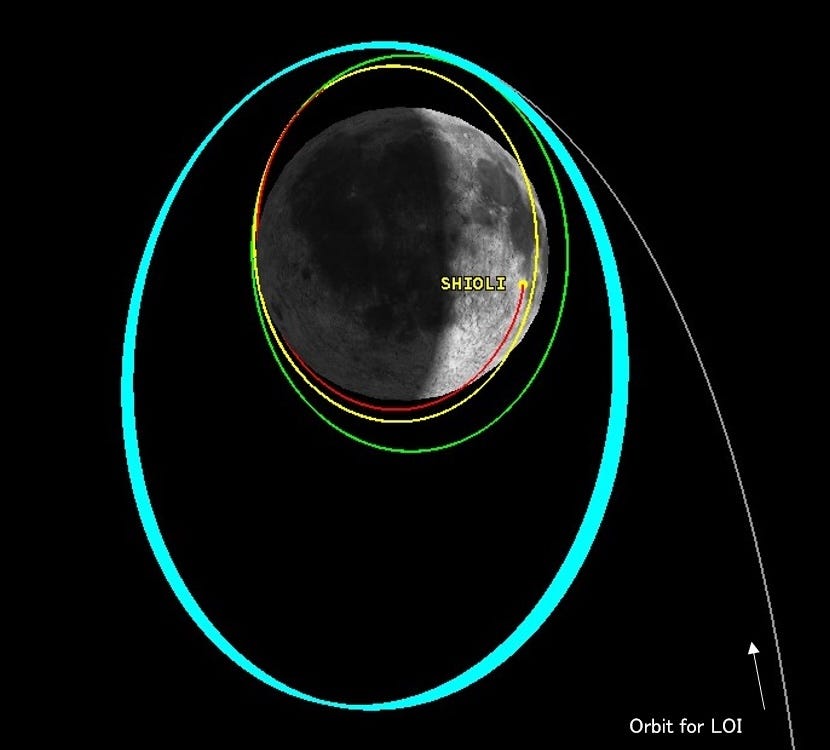
- JAXA’s SLIM lunar lander successfully entered orbit around the Moon on December 25. Next up, SLIM mission operators will send commands to circularize the spacecraft’s elliptical polar orbit to 600 by 600 kilometers. SLIM will then attempt a 20-minute autonomous descent on January 20, 2024 at about 12 AM JST (3 PM UTC on January 19) to achieve a ‘pinpoint landing’.
- NASA says the upcoming VIPER rover’s flight model has been half built. VIPER’s CLPS launch to the Moon’s south pole onboard Astrobotic’s Griffin lander remains on schedule for November 2024. Over four months, VIPER will unravel the nature of lunar water ice deposits, assess their resource potential, and help determine how accessible they are to help NASA plan crewed Artemis missions. Tangent: You can send your name onboard VIPER; apply before March 15.
- Two NASA astronauts, Nicole Mann and Doug Wheelock, recently tested a sub-scale elevator mockup for SpaceX Starship to provide feedback on the flight version for future astronauts landing on the Moon aboard Lunar Starships starting with Artemis III. The astronauts put on spacesuits during their testing to simulate the mobility constraints crew will face on the Moon.
- Roscosmos is considering making 2 versions of the Luna 27 high-precision lander for its targeted launch in 2028. One lander would attempt a precise touchdown on the Moon’s south pole, as originally intended, while the other could either land on the north pole or the farside. Note though that this plan isn’t sanctioned yet, and Luna 25’s crash last year has slowed down if not descaled Russia’s lunar ambitions.
An international Artemis
- The US Vice President Kamala Harris announced at the National Space Council meeting on December 20 that the country intends to have an international astronaut onboard a crewed Artemis Moon landing by end of decade. More details will presumably come later but based on JAXA and ESA’s existing and upcoming future contributions to Artemis, it seems likely that said foreign astronaut will either be Japanese or European.
- On January 7, NASA and the Mohammed bin Rashid Space Centre (MBRSC) announced that the UAE will provide the airlock for the NASA-led international Gateway lunar orbital habitat. Russia was originally supposed to provide the airlock, per a joint statement in 2017, but the country later pulled out. An airlock would allow future Artemis astronauts on Gateway to do spacewalks—while around the Moon! The announcement did not provide a timeline but Jeff Foust notes that the airlock is intended for delivery in 2030, a few years after the Gateway starts hosting astronauts. In return for this contribution, the UAE will get to send an astronaut to the Gateway aboard an Artemis flight. Per an earlier report by Sarwat Nasir, it’s possible that Boeing builds this airlock for UAE.
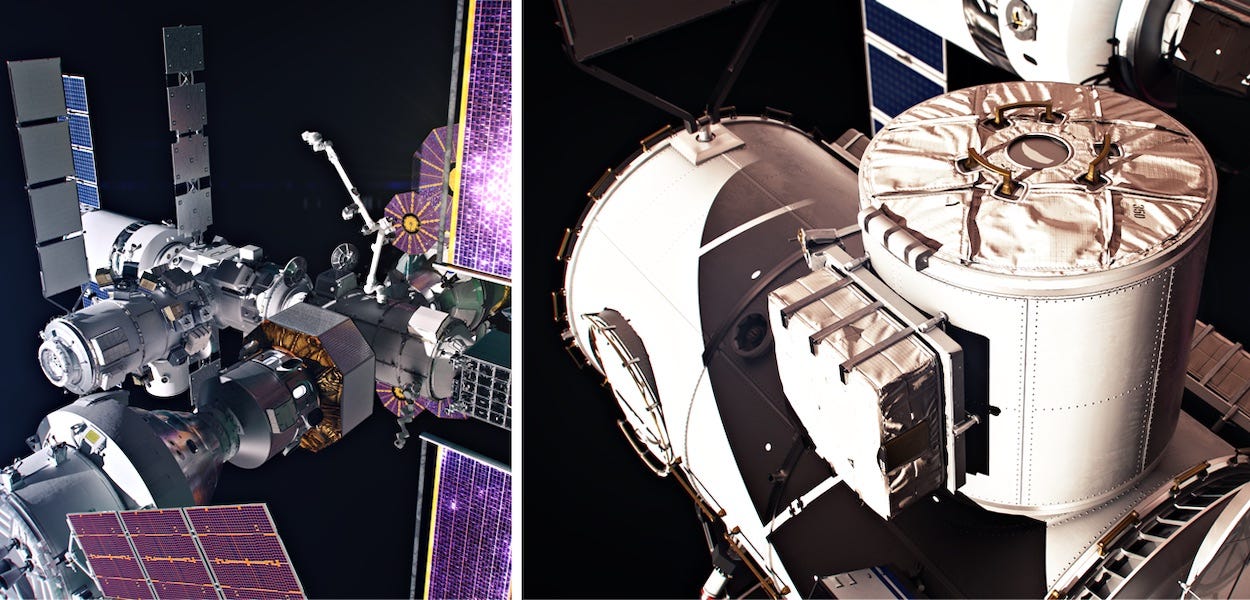
More Moon
- Following the 2022 funding of Canadian-company-led concept studies on possible infrastructure contributions to NASA’s future Artemis Basecamp surface habitat, CSA is now funding six of these studies to build terrestrial prototypes. The total award amount is $2.17 million. The concepts span food production, autonomous mining, power generation, and long-range optical communications. This project is part of Canada’s larger efforts to ramp up its lunar exploration ambitions.
- NASA conducted its second annual Architecture Concept Review in November 2023, following its first such Concept Review and Definitions Document released earlier. With this process, the agency hopes to optimally refine its Moon to Mars Objectives and the strategy to achieve them. NASA will share the meet’s results and updated documents early this year. Relatedly, NASA’s Exploration Systems Development Mission Directorate (ESDMD) formed a new Strategy and Architecture Office last year to lead the development of an integrated master plan for crewed Artemis missions to meet desired objectives. This office sits in parallel to the Moon to Mars one, which is centralizing all elements of Artemis. Here’s the new ESDMD organization chart:

And, welcome back to Moon Monday after the year-end break. This was one satiating edition to write. :)
